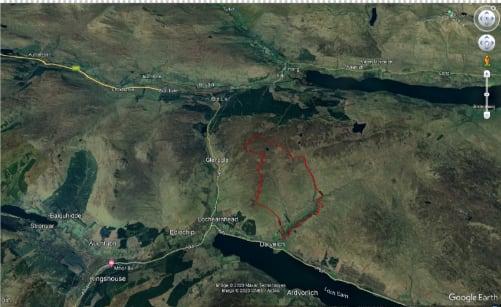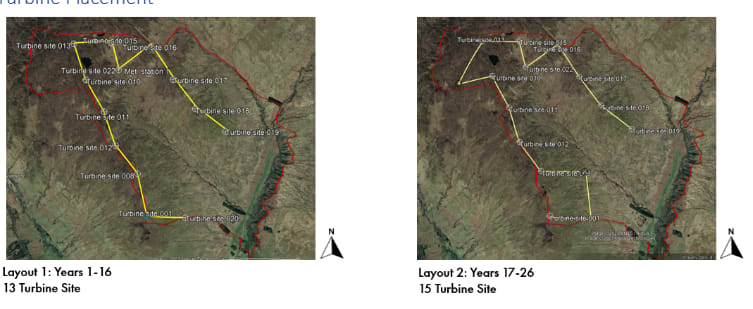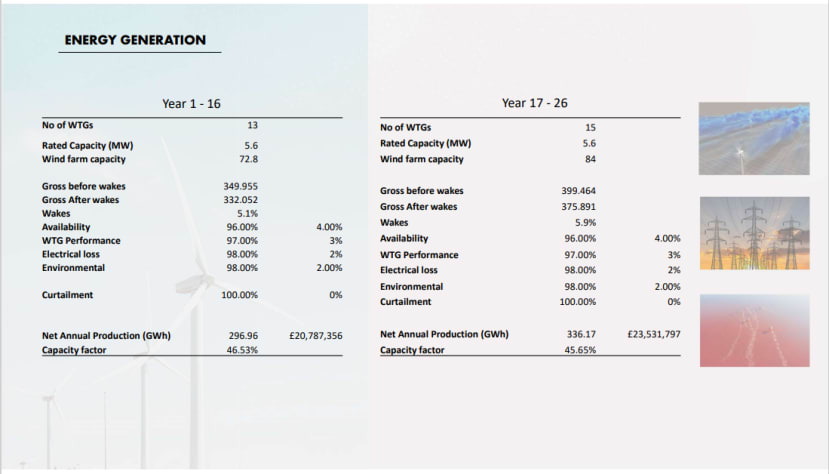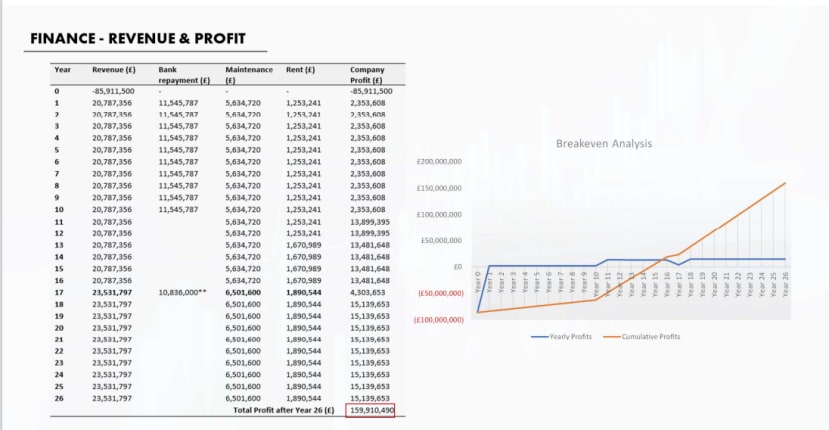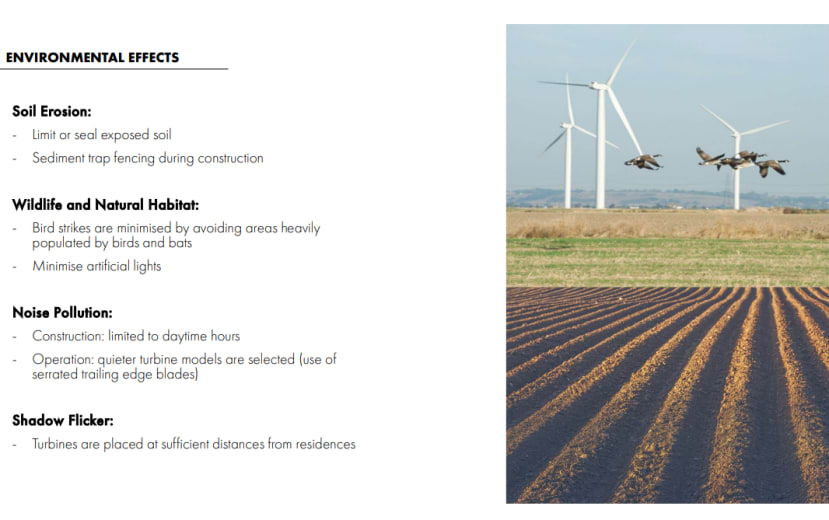JANAK Wind Solutions 2023
Follow articleHow do you feel about this article? Help us to provide better content for you.
Thank you! Your feedback has been received.
There was a problem submitting your feedback, please try again later.
What do you think of this article?
Designing a Sustainable Wind Farm & Powering Progress
Team Members: Justin Wong, Abdullah Musanna, Neil Gillon, Andrea Teh, Karen Lau
Introduction
JANAK Wind Solutions undertook the challenge of designing a sustainable wind farm, driven by the shared goal of generating clean energy while considering social and environmental impacts. We aimed to select an ideal location, turbine type, and number of turbines, ensuring financial viability and stakeholder engagement.
JANAK Wind Solution is a team of students that aim to recreate possible solutions in building sustainable wind turbines for environmental, financial and energy purposes. By implementing our resolution, it may result in lower energy costs, ultimately improving community’s livelihood, as well as eliminating carbon emission. We propose placing 13 to 15 wind turbines in Dalveich, Sterling (Site 6) as part of the Equate Wind Farm Project 2023. Our team consists of Justin Wong, Abdullah Musanna, Neil Gillon, Andrea Teh and Karen Lau.
Site Selection
We have selected Site 6, Dalveich in Sterling, in proposing the number of wind farms. In order to select the suitable and precise location for our project, we first ranked the categories according to our aims. The priorities start from environmental impact, finance, power generation, social impact to construction access. Out of the 6 sites available, we have chosen Site 6 as it is located distant from the bird habitats, National Nature Reserves, close to the nearest substation (7 km away) and obtains high wind speeds. We used Google Maps, WAsP and Magic Map to aid us in choosing the ideal location in proposing our wind turbines. Similarly, we focused other aspects such as construction of road, residential areas and aviation, for equal considerations in selecting the suitable location.
Figure 1.0: Visual map of the overall map, specifically the red line that indicates the boundary layer of Site 6
Additionally, we created a decision matrix shown in Figure 1.1, to ease our selection process. Furthermore, we analysed the political parties of the 6 sites to logically consider whether we are allowed to and be supported in building wind turbines.
Technical Summary
Choice of Turbine
In the project, we were given three types of turbines with a range of hub heights, rotor diameters and cost. Selecting the suitable turbine would prove an ideal part of the location. The wind turbine generator with the highest power generated and wind speed will be chosen, and that is WTG3 with a hub height of 110m.
Figure 2.1: 13 wind turbines are located within the boundary between Year 1 - 16
Figure 2.2: 2 additional wind turbines are implemented, between Year 17 - 25
The distance between each wind turbine is approximately 3 to 5 times the rotor diameter of the wind turbine’s blade.
WAsP Analysis
Wind direction prevails mostly from West & South West. Using the WAsP Software we were able to find key information about the site:
Turbine Placement
Capacity Factor and Annual Energy Production
Financial Breakdown
Cost and Investment Structures
The main parameters governing wind power economics include: investment costs, such as auxiliary costs for foundation and grid connection; Operation and maintenance costs; Electricity production/average wind speed; Turbine lifetime; and Discount rate
We took a 10-year loan of £85,911,500
We plan to get a non-repayable grant from the Foundations Scotland of £62,500. This funding may
be used to support our plan for community funds.
EIA (Environmental Impact Assessment)
-
Baseline surveys (including two years of bird studies): £100,000
-
Stakeholder engagement: £50,000
-
Preliminary design £100,000
-
Consenting £50,000
Social Considerations
Implementing renewable wind turbines contribute significantly to the environment by not releasing greenhouse gases to the community and providing positive local economy to the UK. However, there are both social and environmental impacts that affect the project’s overall contribution. JANAK Wind Solutions are committed to ensure our proposal complies with our relevant guidelines, including EIA and engagement plan, to mitigate and minimise the impacts.
To develop a mutually agreed solution with the community for JANAK Wind Farm, a community engagement plan will be implemented. There are three degrees of engagement to produce a policy outcome associated with better well-being and quality of life for the community.
Environmental considerations
Aviation
End of life
References
Cost and investment structures (wind-energy-the-facts.org)
Magic Map Application (defra.gov.uk)


